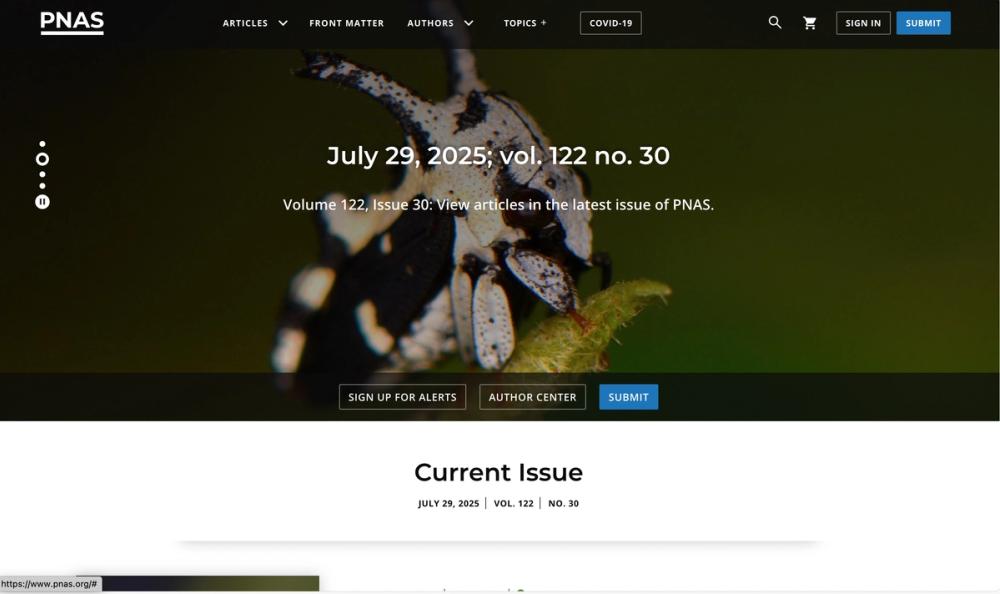Name: Proceedings of the National Academy of Sciences (PNAS)
Link: www.pnas.org
Description: PNAS is a prestigious, peer-reviewed journal publishing high-impact original research, reviews, and commentaries across biological, physical, and social sciences, with a global scope and broad scientific audience.
Key Words: peer-reviewed, multidisciplinary, high-impact, original research, biological sciences, physical sciences, social sciences, open access
Introduction:
The Proceedings of the National Academy of Sciences of the United States of America (PNAS), established in 1914 and published by the National Academy of Sciences (NAS), is one of the world’s most-cited and comprehensive multidisciplinary scientific journals. Launched to mark the NAS’s semicentennial, PNAS was envisioned by astronomer George Ellery Hale as a platform for the prompt publication of brief, significant research contributions, aiming to provide a comprehensive survey of American scientific advancements while fostering global dissemination and interdisciplinary recognition. Today, it publishes over 3,500 articles annually, covering a wide range of fields including biological, physical, and social sciences, with a particular emphasis on biomedical research, though it also includes mathematics, engineering, and emerging interdisciplinary areas.
PNAS is renowned for its rigorous peer-review process, with all submissions evaluated by an NAS member on the Editorial Board prior to acceptance. Historically, the journal allowed NAS members to communicate papers on behalf of non-members, but since 1995, it has opened submissions to all researchers worldwide, with direct submissions now accounting for 95% of published papers. The review process emphasizes anonymity for referees, and final acceptance requires endorsement from referees, a member-editor, and the Editorial Board. This ensures that only high-quality, impactful research is published, maintaining PNAS’s reputation for scientific excellence.
The journal publishes a variety of content, including research reports, brief reports, letters, commentaries, perspectives, and colloquium papers, all designed to be accessible to a broad scientific audience. PNAS also includes front matter such as news features, science and culture articles, and profiles of NAS members, enhancing its appeal beyond primary research. With an impact factor of 11.1 for 2025-2026, PNAS ranks among the top multidisciplinary journals, reflecting its influence and prestige in the scientific community. It is published daily online and weekly in print, with over 11.6 million monthly online visits as of 2011.
PNAS operates as a delayed open-access journal, with a six-month embargo period, though authors can opt for immediate open access by paying a surcharge ($4,975 for immediate access, $2,575 for delayed). All articles are freely available in over 120 developing countries and are deposited in PubMed Central, aligning with the journal’s commitment to global accessibility and open science. The journal has adapted to digital publishing, expanding article length and incorporating datasets, images, and detailed methodologies to meet modern research demands.
Despite its prestige, PNAS has faced criticism, notably for its former “contributed track” system, where NAS members could select reviewers for their submissions, raising concerns about review integrity. This practice was curtailed in 2010 following controversies, such as the publication of the Younger Dryas impact hypothesis. Nonetheless, PNAS remains a cornerstone of scientific publishing, fostering interdisciplinary collaboration, supporting high-impact research, and driving innovation across diverse fields. Its sibling journal, PNAS Nexus, launched in 2022, complements PNAS by focusing on emerging and transdisciplinary research.




